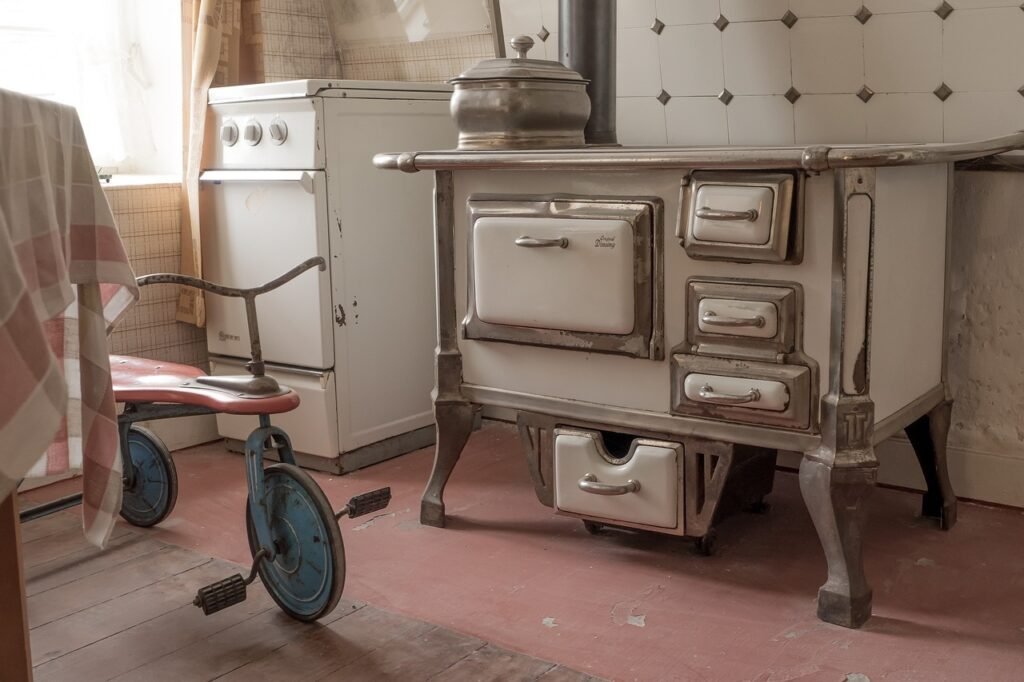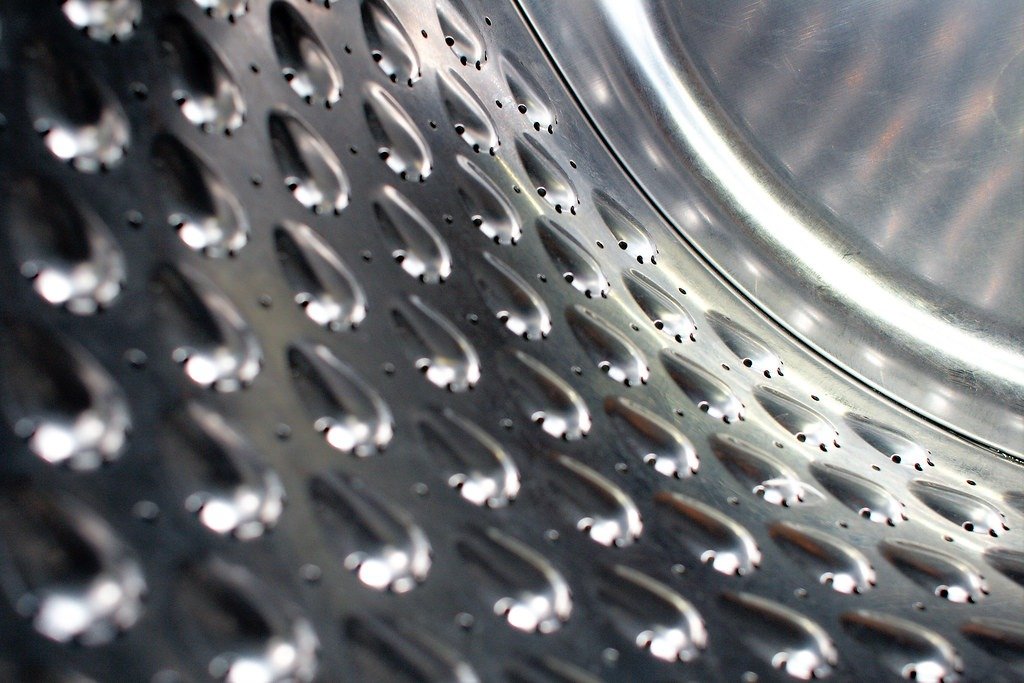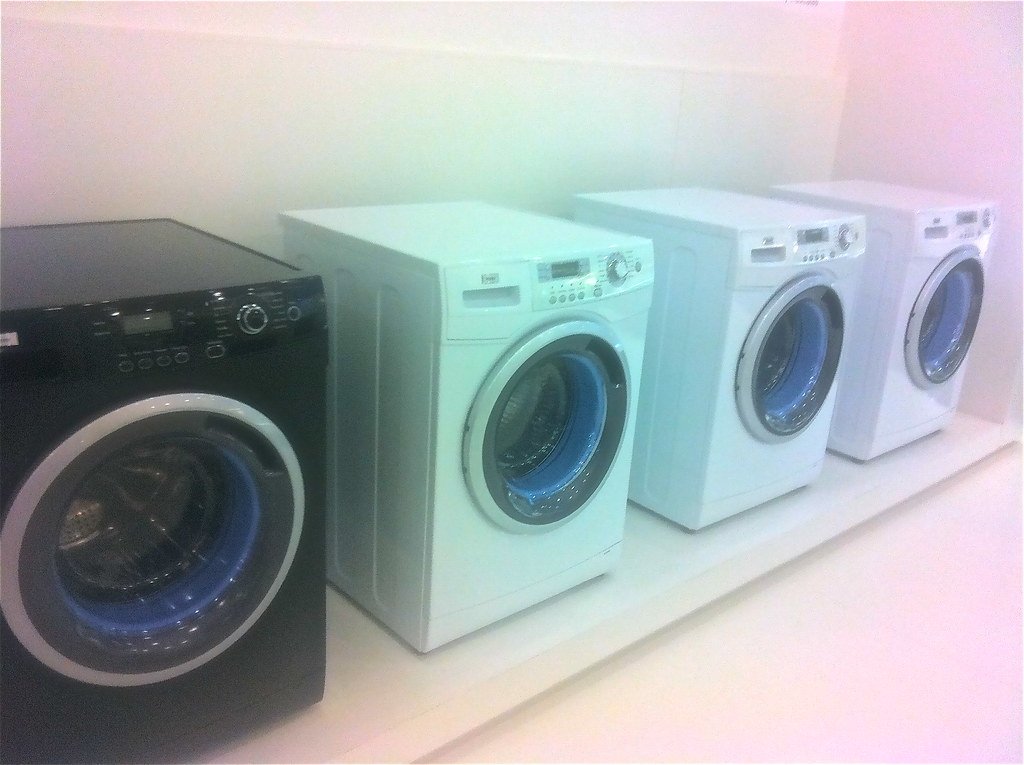
At home or when entertaining guests, a properly functioning oven is indispensable for cooking dinner and providing beverages. Just like any appliance, however, yours may need maintenance at times.
Recognizing when your oven requires repair is key to avoiding costly replacement costs later. Telltale signs include long preheating times, display errors, smoke production and strange odors.
Electric Issues
Ovens are essential appliances in most households and when they stop functioning as expected it can be very frustrating. Electrical issues may arise such as not reaching desired temperatures or switching randomly between programs – for this reason it is recommended to seek professional appliance repair when these issues arise as this requires expert knowledge of oven wiring systems.
If your electric stove isn’t heating properly, the problem could be as simple as a burned out coil. To check this hypothesis, simply turn off and inspect its coils – functional ones should emit red-tinged light while damaged coils will show visible signs such as blisters or holes.
However, if your stove keeps tripping breakers and blowing fuses it may indicate more serious issues and should be left to experienced professionals for assessment. Issues with switches and electronic controls that stop working completely could also pose risk of electrocution so it’s wiser to leave these decisions to professionals.
Faulty Thermostats
Older oven models frequently experience thermostat failure. While this may appear complex, most problems can usually be remedied quickly with just a few simple steps. Check if your oven is connected to its appropriate socket; if not, simply move it. If that doesn’t do it either then moving should resolve it as well as restarting it properly from scratch should do the trick!
Next, inspect the burner element for signs of wear or damage. If it looks worn or burnt, replacing it may likely be necessary; most models allow this without professional assistance – however please refer to your owner’s manual for specific instructions.
Symptoms may indicate a malfunction with the cooling fan. It’s vitally important that this component works effectively as it will help protect internal components from overheating, especially on electric stoves with striking plates or ovens without back panels – disconnection cord and sliding out oven are necessary in order to access fan.
Faulty Burners
If one of your burners on your stove doesn’t work, there could be any number of reasons for it – from an unplugged power cord or gas valve being closed (for gas stoves), to more complex issues requiring professional services.
Attempt to troubleshoot the issue yourself first by verifying the power source. Do this by looking at either your wall outlet plug, or, if applicable, the circuit breaker on an electric cooktop. Once this step has been taken and verified as being functioning as expected, proceed with checking other potential causes of the problem.
Other possible issues could include a defective burner switch or surface element, which you can test using your multimeter in continuity or resistance mode to verify. If one reading stands out from others, it’s time for replacement. A malfunctioning ignition module or control board could also prevent one or more burners from functioning; for these more complicated parts to be successfully replaced, professional help should usually be sought instead.
Faulty Doors
Wall oven control panels may look simple at first glance, but their subterranean wiring, switches and relays contain many complex electronic circuits which could malfunction at any moment and potentially shut off or malfunction your stove, leaving power-less appliances at risk in your home as well as increasing risk for fire.
Faulty ovens may emit unpleasant odors that indicate electrical issues that could be both costly and dangerous, so if this occurs to you, immediately turn off the oven, open your windows to vent out your kitchen and call in professional repairs to keep both you and your family safe while keeping your home looking its best.
For fixing a faulty pilot, loosen the setscrew that locks the shutter or plate and adjust its opening to increase or decrease air mixing with gas. Adjust flame height in small increments to prevent overshooting or burning of pilot. To clean burner, first remove oven bottom and baffle (usually held together by tabs or fasteners), unscrew and remove igniter (if applicable), clean ports using sewing needle, then install back together using tabs/fasteners as previously.
Faulty Racks
Step one in repairing a damaged rack is identifying it, using general appearance as a clue; twisty, crooked rows indicate the need for repair. Impact damage also needs to be considered: any dents in the frame or paint scrapes/rust spots indicate compromised condition that should not be repaired but replaced altogether.
If your gas oven won’t light, it could be due to an electric ignition problem which can be easily resolved by checking the igniter and making sure that all wires are securely connected. If this doesn’t solve it, a qualified repair technician should be called out in order to inspect and assess your unit.
Look out for loose baseplates and anchor bolts when inspecting racks; loose connections indicate that they may not be installed securely into the floor and should be assessed by an experienced rack engineer. If loose connections or out of place connections are identified, tighten or repair them immediately so as to prevent unexpected collapse and injuries from arising as a result of their disrepair.


